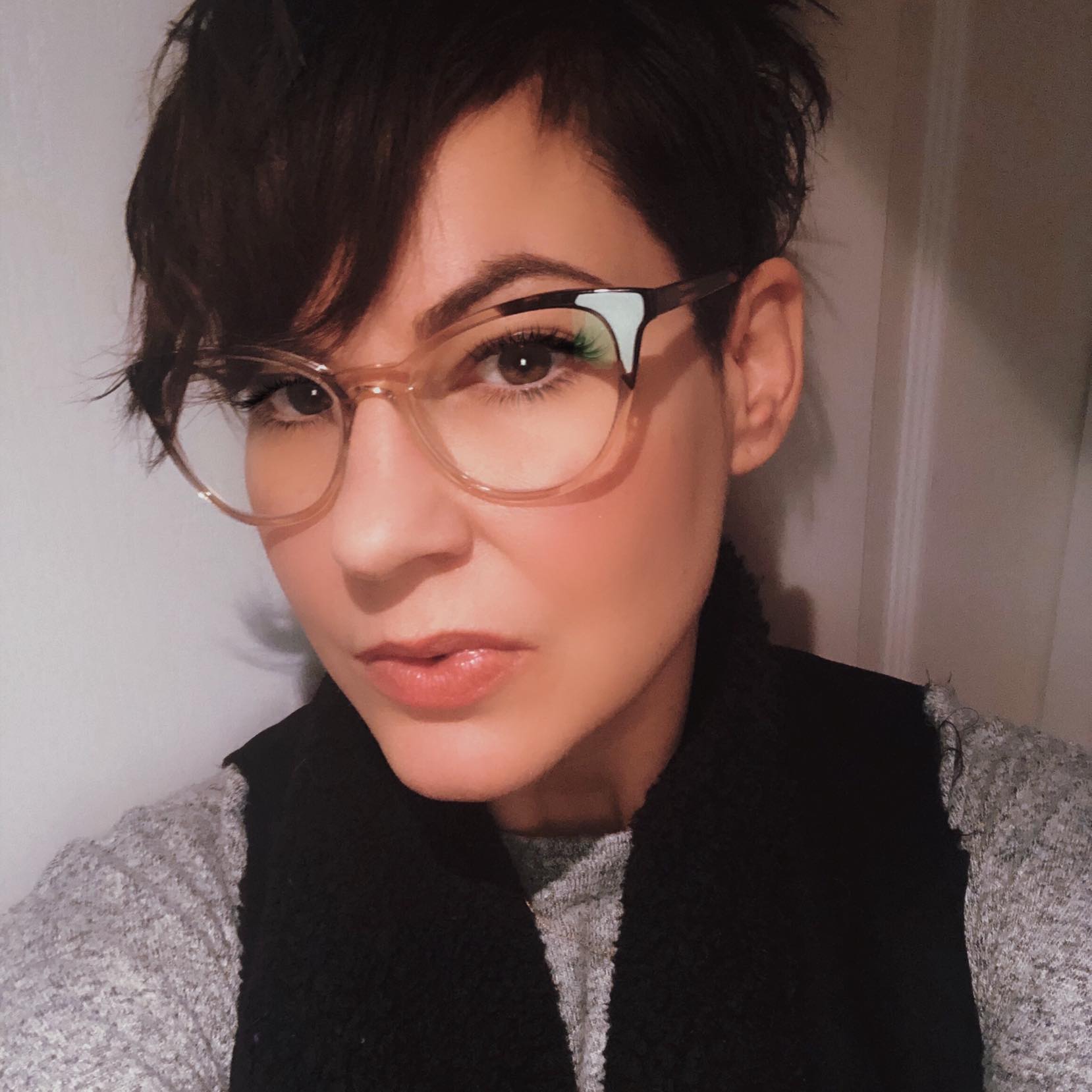Canada's Health Care System - A One Size Fits Most?
- Julie Pabillar, BScN, MHS Student

- Jan 27, 2021
- 4 min read
Updated: Mar 31, 2021
I have often thought about what it would be like to live in a country where health care is private. I am sure the wait times would be obsolete: however, the bills for every necessary medical visit, diagnostic test or procedure would be enormous if uninsured.
Canada's Health Care Act's primary objective is "to protect, promote and restore physical and mental wellbeing of residents in Canada and to facilitate reasonable access to health services without financial or other barriers" (Health Canada, 2020).
Delivery of this act through the health care system is funded publicly through provincial/territorial systems. The universal health care you receive is funding through tax-paying citizens. Universal health care means that there are no bill payments directly to the individual when they seek medical visits, tests and procedures. It may vary depending on which province or territory you live in, as each has its health insurance plan.
The Ministry of Health and Long Term Care (MOHLTC) receives an allocated proportion of taxes and decides what to do with that money. Some programs and services that benefit (but are not limited to) are OHIP (Ontario Health Insurance Plan), population and public health (where I fit within the health care system), health policy and research etc. (MOHLTC, 2012). As a Registered Nurse, both the Regulated Health Professions Act (RPHA),1991 and the Nursing Act, 1991 determine Ontario's nursing profession with Canada's Health Care Act. The RHPA applies to all regulated healthcare professionals and consists of two elements 1. Scope of practice 2. Authorized or controlled acts (Government of Ontario, 2017). The Nursing Act, 1991 establishes the nurses of Ontario regulatory body (College of Nurses of Ontario), which further sets perimeters of practice scope and controlled acts that are specific to nurse's title of Registered Nurse, Registered Practical Nurse, or Nurse Practitioner, etc. (CNO, 2020).
Chart 1
Operating Expenses for the MOHLTC

(ClosingtheGapHealthcare, 2018)
Through various readings, I have learned that Canada's Health Care Act has minimally progressed throughout the years despite the ever-changing population and needs. Only the "medically necessary" hospital and physician services and "medically required" physician services are universally covered, while some services such as medications, dental care, long-term care and mental health services are not (Flood & Thomas, 2016). There are gaps with our health care system, such as some diagnostic tests and procedures, treatments, and medications that may not fall within the realms of what is medically necessary. Flood and Thomas (2016) reports that an alarming number of low-income Canadians acknowledged that they did not get a test, treatment or recommended follow-up due to paying personally for the expense.
An example of how our health care system sometimes leaves marginalized populations behind would be an individual who needs gender-confirming surgery. These surgeries are to be covered by the individual in both NB and PEI. There is no cost out of pocket in other provinces, such as Ontario, as deemed a reasonable and necessary medical expense. I have also had many clients living and managing their HIV relocate to another province to cover the cost of antiretroviral medications. Meaning they had up route their lives and left their family and friends to move to a province to cover medically necessary health care costs. Epinephrine (i.e. Epi-pen) is another example of lifesaving medication without OHIP coverage. Epinephrine is the treatment for anaphylaxis caused by a severe allergic response.
For those who are not eligible for an OHIP card or are faced with multiple barriers to access health care, there are public health programs and services available through one of Ontario's 34 Public Health Units. The Health Promotion and Protection Act, R.S.O. 1990, provides public health services and programs (Government of Ontario, 2020), including preventing disease transmission and promoting and protecting Ontario's health. In the Public Health program (Sexual Health and Harm Reduction) that I work in, health promotion and protection involves testing, treatment, education re health promotion and harm reduction to reduce the spread of infections and protect lives with naloxone interventions opioid overdoses. Although publicly funded public health programs work with marginalized populations to bridge the gap for those left behind, there are still others who cannot access or obtain health care within our health care system.
I believe, for our health care system to be universal, perhaps the first step would be to reevaluate the time we now live. The approach that once identified reasonable and necessary health care has changed minimally and has not considered our ever-changing population and its needs. Secondly, reevaluate which programs, services, diagnostics tests, treatments and surgical procedures are reasonable and necessary to improve all (not most) of Canadians' health and wellbeing with consistency amongst the provinces and territories.
Questions to leave you with and some thoughts to ponder. How does Canada's health care system determine which programs, services, diagnostic tests, treatments, and surgical procedures are medically necessary and reasonable?
References
ClosingtheGapHealthcare. (2018, May 30). Healthcare in Ontario: How does it Work and How is it Funded? [Chart]. Retrieved January 19, 2021, from http://www.closingthegap.ca/healthcare-in-ontario-how-does-it-work-and-how-is-it-funded/
Flood, C. M. & Thomas, B. P. (2016). Modernizing the Canada Health Act. Ottawa Faculty of Law Working Paper No. 2017-08. Retrieved from https://ssrn.com/abstract=2907029
Health Canada (Feb 2020). Canada Health Act. Retrieved January 19, 2021, from
Government of Ontario (2020). Health Protection and Promotion Act, R.S.O. 1990, c. H.7. Retrieved January 19, 2021, from http://www.ontario.ca/laws/statute/90h07
Government of Ontario (2017). Nursing Act, 1991, S.O. 1991, c. 32. Retrieved January 19, 2021, from http://www.ontario.ca/laws/statute/91n32
College of Nurses of Ontario (2020). Legislation and Regulation. An Introduction to the Nursing Act, 1991. Retrieved January 20, 2021, from http://www.cno.org/globalassets/docs/prac/41064_fsnursingact.pdf
Ministry of Health and Long Term Care (2012). Understanding Health Care in Ontario. Retrieved January 19, 2021, from http://www.health.gov.on.ca/en/common/system/default.aspx



Comments